
A new article on Medical Economics tackles a recently decided case in Minnesota that examined the doctor-patient relationship with a fine-toothed comb.

A new article on Medical Economics tackles a recently decided case in Minnesota that examined the doctor-patient relationship with a fine-toothed comb.
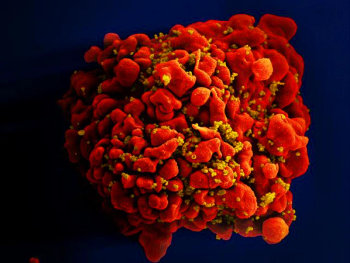

The U.S. Department of Health and Human Services (HHS) will distribute $15 billion to eligible Medicaid and Children’s Health Insurance Program (CHIP) providers.

Telehealth has made its way into many ob/gyn practices. With many patients hesitant to visit their doctors in person, it may be difficult to convince them to schedule in-person visits.

With the complex eligibility and application requirements, it can be difficult to find out exactly how your practice can access the HHS federal relief funds.
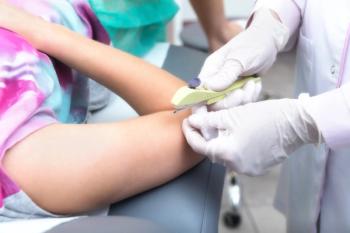
Rates of depression at 6 weeks postpartum among adolescents and young adults (AYA) were significantly lower in those initiating immediate postpartum etonogestrel (ENG) implants compared to other birth control methods, according to new research.
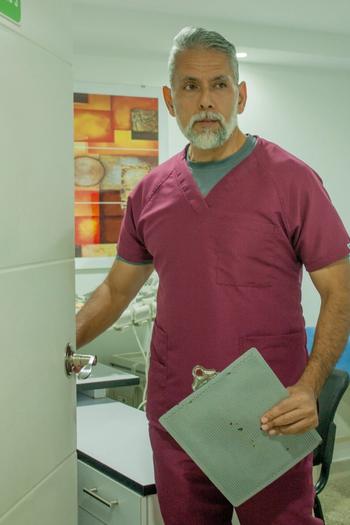
With virtual scribes, your practice could reduce physician workload and increase revenue. Read more for details from Medical Economics’ insightful article.

Currently, 38 states and the District of Columbia have enacted dense breast notification (DBN) laws mandating that mammogram results include language informing women of risks related to dense breasts.

To better understand how loan forgiveness works, Medical Economics spoke with Mark Schmidt, CEO of Fund-Ex Solutions Group, a lender that has issued more than $175 million in PPP loans to small businesses.

The first study to characterize endometriosis in transmasculine individuals has concluded that evaluation for endometriosis with dysmenorrhea is limited in this unique population

In recent years, the United States has seen a shift in greater awareness of the importance of SDOH and toward a more comprehensive approach to healthcare.

New research indicates that women may be able to reduce menopausal symptoms by increasing their intake of fruits and vegetables (FV).

The overview underscores the importance of considering a woman’s age and time since menopause.
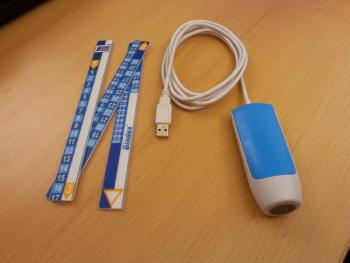
“There is a large osteoporosis treatment gap that has become a global crisis in the care of this disease,” said principal investigator E. Michael Lewiecki, MD."

June 19, 1865, also known as Juneteenth, celebrates the end of slavery in the United States. On this day nearly 160 years ago, Union troops arrived in Galveston, TX to announce the end of the Civil War and the emancipation of slavery in the United States.
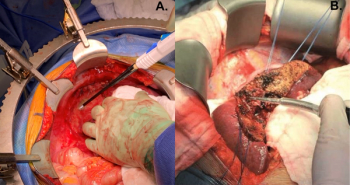
Adjunct surgical techniques such as ultrasonic aspiration and argon-enhanced electrocautery may be safely incorporated during primary debulking surgery for patients with advanced epithelial ovarian, fallopian tube or primary peritoneal cancer with miliary disease, according to a retrospective study in the International Journal of Gynecologic Cancer.

A South Korean prospective study has concluded that an injection of port-site bupivacaine hydrochloride following gynecologic laparoendoscopic single-site surgery (LSSS) does not provide any additive effect in alleviating postoperative umbilical pain.

Results of new research suggest that in Canada, hypothyroidism in pregnancy may be overtreated.
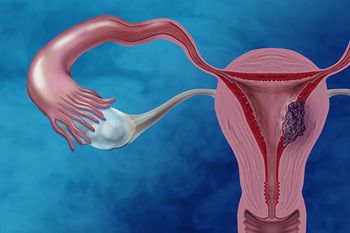
A prospective observational study has assessed the clinical relevance of endometrial thickness and abnormal uterine bleeding to endometrial cancer risk in a cohort of postmenopausal patients undergoing diagnostic hysteroscopy and endometrial biopsy.

The type and depth of sex education can vary, depending on the form (e.g., comprehensive vs. abstinence only), and other societal and cultural influences. For many teenagers, including Latinx, this could lead to negative sexual health outcomes.

The North American Society for Pediatric and Adolescent Gynecology offers a patient handout on endometriosis. Continue reading for more.

Women who are deaf or hard of hearing have a higher risk of complications in pregnancy, according to a study funded by the National Institutes of Health’s Eunice Kennedy Shriver National Institute of Child Health and Human Development.
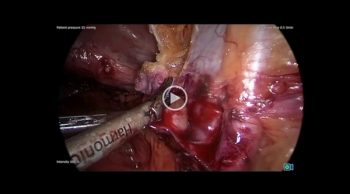
Presented by Kristen Pepin, MD, Nisse V. Clark, MD, and Jon I. Einarsson, MD, PhD, MPH Brigham and Women’s Hospital, Boston.
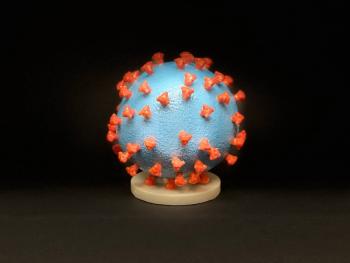
As part of the National COVID Cohort Collaborative (N3C), the National Institutes of Health (NIH) has launched a patient data center to store medical record data from those infected with COVID-19.
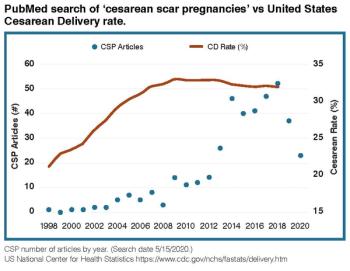
As we are now incorporating the new post-COVID-19 “normal” into our routines, our editor-in-chief, Dr. Catherine Spong, reflects on parallels with changes that went into play with the identification and management of patients with HIV.
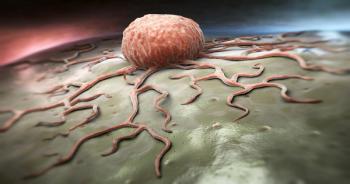
Findings from a new study show significant overall survival benefit of Novartis’ ribociclib in hormone receptor positive, human epidermal growth factor receptor-2 negative (HR+/HER2-) advanced or metastatic breast cancer with visceral metastases.

Cesarean scar pregnancy (CSP) is a complication in which an early pregnancy implants in the scar from a prior cesarean delivery. Incidence and recognition of this condition appear to have increased over the past two decades, perhaps due to high worldwide cesarean delivery rates. The clinical presentation is variable, and many women are asymptomatic at presentation. CSP can be difficult to diagnose in a timely fashion. Ultrasound is the primary imaging modality for CSP diagnosis. Expectantly managed CSP is associated with high rates of severe maternal morbidity such as hemorrhage, placenta accreta spectrum (PAS), and uterine rupture. Given these substantial risks, pregnancy termination is recommended after CSP diagnosis. Several surgical and medical treatments have been described for this disorder, but at this time, optimal management remains uncertain.
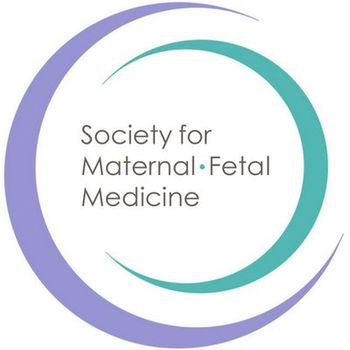

Cesarean scar pregnancy (CSP) is a complication in which an early pregnancy implants in the scar from a prior cesarean delivery. Incidence and recognition of this condition appear to have increased over the past two decades, perhaps due to high worldwide cesarean delivery rates. The clinical presentation is variable, and many women are asymptomatic at presentation. CSP can be difficult to diagnose in a timely fashion. Ultrasound is the primary imaging modality for CSP diagnosis. Expectantly managed CSP is associated with high rates of severe maternal morbidity such as hemorrhage, placenta accreta spectrum (PAS), and uterine rupture. Given these substantial risks, pregnancy termination is recommended after CSP diagnosis. Several surgical and medical treatments have been described for this disorder, but at this time, optimal management remains uncertain.

The patient had a history of fibroid uterus and dilated pelvic vessels in the left adnexal region, obscuring the left ovary. On April 2, 2014, the patient was seen as a gyn outpatient at the clinic by Defendant OB. The patient complained it caused her urinary tract irritative symptoms and back pain. An MRI was ordered for evaluation. A 9.9cm exophytic fibroid arising from the posterior uterine body with focal cystic degeneration was seen.